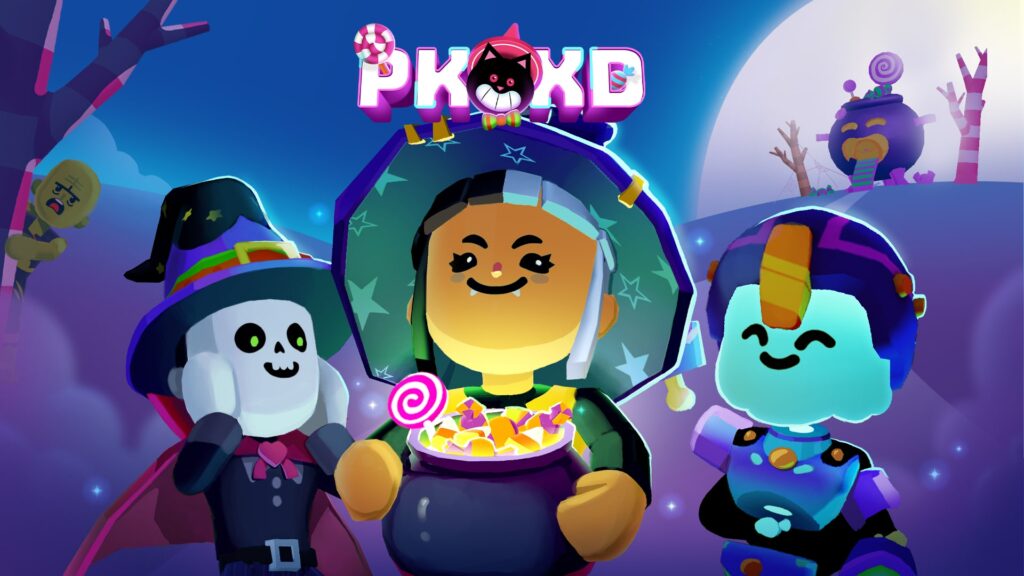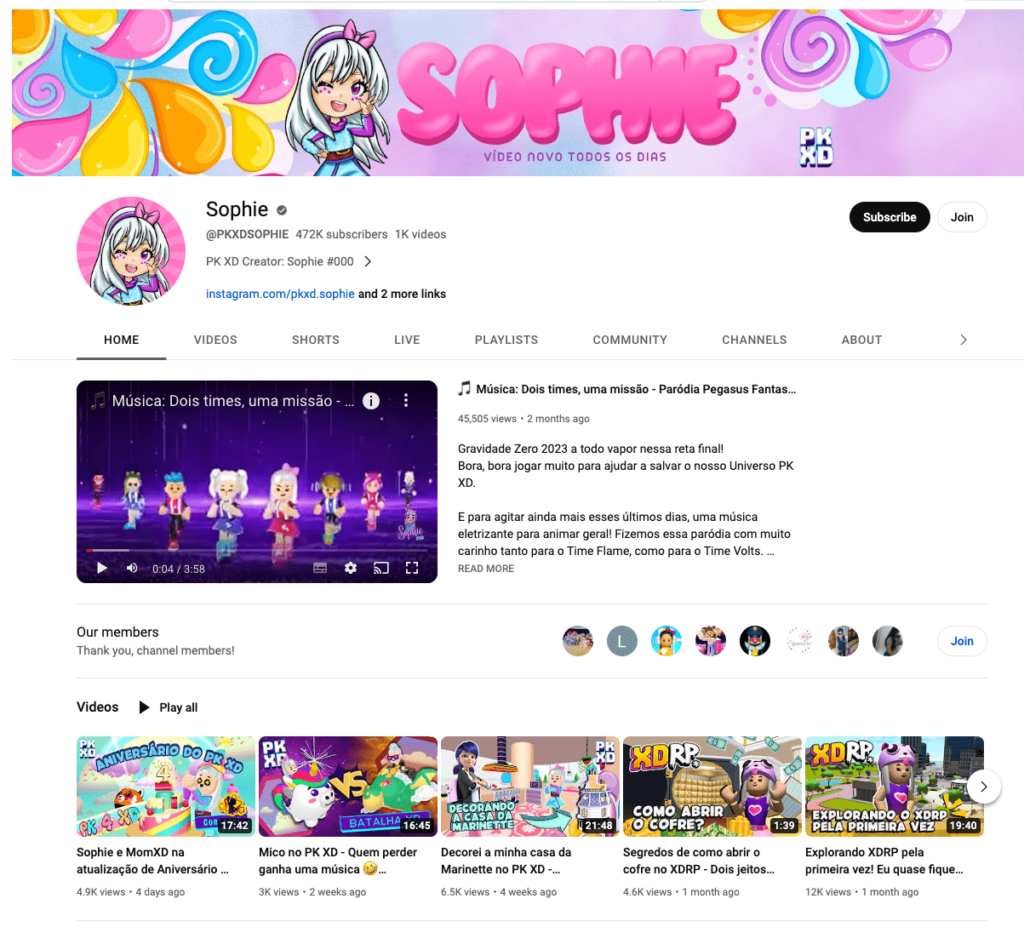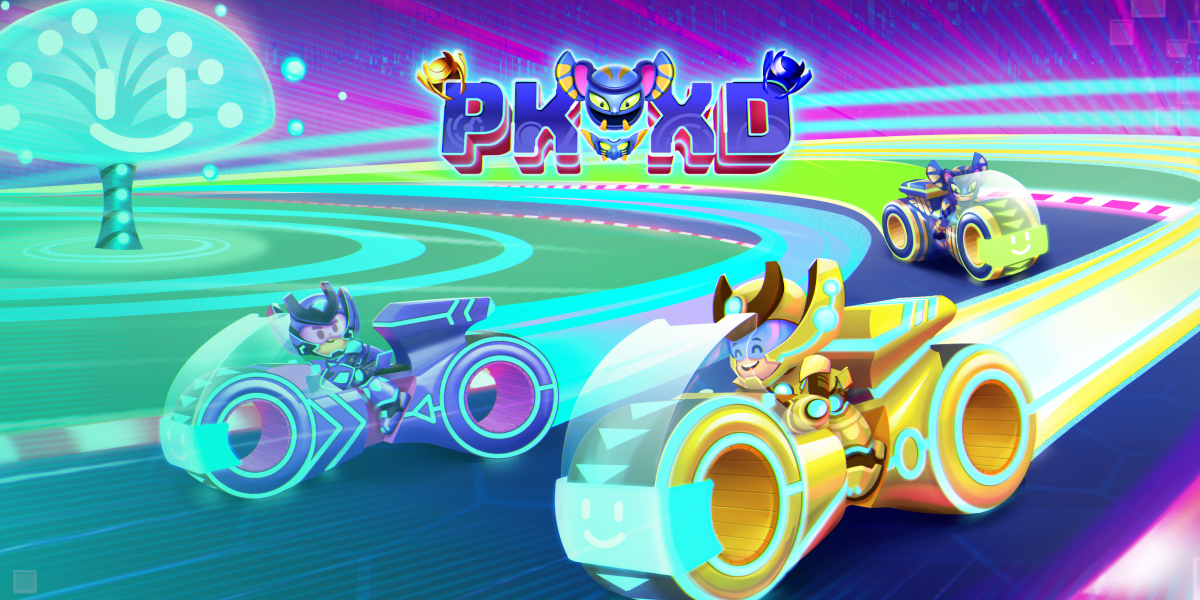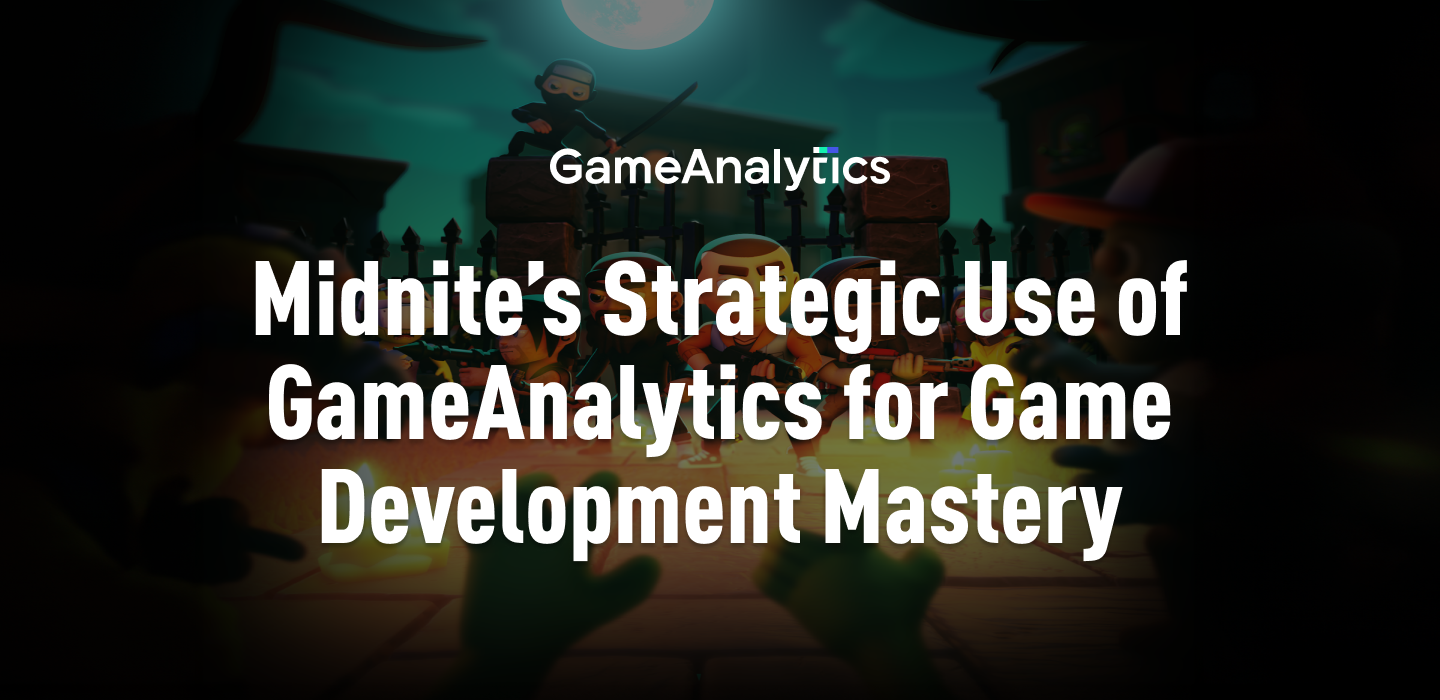Stepping into a game designed for the younger generation is like stepping onto an alien planet. The culture is odd, the design unfamiliar, the purpose unclear – there’s a sense of unease as you try to decipher what’s going on. It’s similar to the uncanny valley. You half-recognise the world, but something feels strange.
That’s the feeling we had when we first logged into PK XD – a massively open sandbox game for youngsters. It’s hard to even define PK XD’s genre. Is it a platform for other games, like Roblox? Sorta. A metaverse? Maybe. An adventure game? Not really. We’re going to settle for… playground. It’s a playground. A big open sandbox world with loads of mini-games and people just… playing.
But that wasn’t what was so alien about PK XD. It was that the design philosophy was completely different – like they’d created the game under a different set of rules. It wasn’t until we spoke to the team that we discovered that was actually the case. Deliberately. And it was effective. PK XD has over 500 million downloads on Android alone. It gets 30 million views on YouTube every week. And their average session length is 25 minutes a session, with people playing around an hour and a half a day.
Clearly, there was something to learn here.
Kids play by a different set of rules
“You can’t blindly apply all the industry best practices to a game like PK XD,” said Charles Barros, CTO at Afterverse – the developers behind PK XD. “A lot of traditional game developers would think: Why aren’t you doing that? Well, it’s because it’s a different audience.”
That’s why PK XD feels so strange. It’s for younger players. We’ve grown up with games. There’s a whole language of symbols, tropes and traditions that are embedded in our subconscious – blue means mana, cassettes inevitably give you a voice-over of exposition, save points before a big room means there’s a boss battle coming up. Deliberate or accidental, we have a catalog of experiences to draw from.
A four-year-old doesn’t.
PK XD doesn’t have a tutorial, because kids don’t bother going through them. They avoid text labels, because a lot of their players can’t even read. They keep the rules simple, because a six-year-old just won’t understand anything too complicated.
But kids learn quickly. They explore, press buttons just to see what’ll happen and are quite happy to wander around until they stumble on something. So how do you design a game with that in mind?
Target your youngest player
“Most people are making games for someone between 12 and 20,” Charles said. “But it’s not that simple when you’re talking about kids. A kid at four is very different from a six or seven-year-old.”

This means that you need to consider your youngest players. You need to make your game extremely intuitive. Don’t rely on text, don’t bother with tutorials, and make sure you start the fun immediately.
“Fun and friends,” Charles said. “People come back because they like the game and their friends are there.”
What about designing with parents in mind?
One criticism we have for this design philosophy is that it only works for the kids themselves. Removing tutorials and streamlining the interface is all well and good for the kids, but what about the parents?
We don’t just learn by ourselves. Big brothers and sisters, aunts and uncles, mum and dad. They teach us, too.
Perhaps there’s a simple solution to this. When creating an account, there could be an option to say you’re a parent or guardian. In that version, you could have more in-depth tutorials and onboarding.
Afterverse has solved this problem in a different way – by building a community of content creators.
Support your content creators
Content creators don’t just entertain your community, they teach tips and tricks, reveal upcoming news, and help players explore aspects of your game that they might have otherwise missed. And often in a much more entertaining way than an in-game prompt ever could.
This isn’t only for younger audiences. It’s true across the board. Almost every creator that focuses on a single game will eventually realize there’s demand for educational content.
One of the keys to Afterverse’s success has been nurturing their relationship with content creators. It’s a positive feedback loop. They help creators get subscribers, and the creators keep subscribers interested in the game.
“We have hundreds of official partners and a team to handle those relationships, advising and reviewing videos to help them grow their channel,” Diego Moreira, CEO at Afterverse explains. “
In fact, Afterverse does a lot to help their creators grow. They write a blog for creators, give early access to content, give access to their IP, and help them grow their channel. For example, they have billboards around the PK XD world that link to YouTube – promoting creators within the game itself.
This also helps Afterverse keep their finger on the pulse.
“You have to let your creators say what they think,” Diego said. “Our partners are still independent and they’re still players themselves, so they feel free to criticize us and they might even blast us. But that’s great. They’re amazing and they’re very close to the audience, so they’ll report back to us on what’s working and what isn’t. It’s very valuable feedback.”
Think about why creators would stick around
The key to attracting (and keeping) creators is to make sure that your game has plenty of replayability. Sandbox games work well, as there’s always another video the creator can make.

“If you move to another game as a content creator, you’ll start to lose your audience,” Charles explains. “For example, if you’re making videos about a racing game you might eventually run out of video ideas. But what do you do? If you switch to first-person shooters, you’ll lose a chunk of audience.”
This is why open sandbox games like Minecraft work so well for videos. There’s always another story to tell, a new challenge to attempt or a new update to feature.
Break fast, test often, keep moving forward
Behind the scenes, it’s important to experiment. Afterverse learnt a lot of lessons from their previous experience making children’s content. But it was from A/B testing and making quick changes that they found the right balance.
“We’re very aggressive about changes to the game. Break fast – that’s our philosophy,” said Pedro Almeida, Afterverse’s lead software engineer. “When it’s small changes, just release it and look at the data. Then use A/B testing for those bigger tests.”
But it’s important not to forget your purpose. When looking at your data, it’s important to group up your players and understand why you’re getting your results.
“Sometimes a player is looking for an experience that isn’t PK XD,” Pedro explained. “Maybe they’re too old for our game or maybe there’s a different game we should create for those players. Either way, we don’t want PK XD to lose its identity.”
So while it might be true that some players don’t like a change or new feature – it doesn’t mean it’s true for the main audience. That’s where those content creators come back. Afterverse can use their data to spot trends and then speak with creators to see whether it’s an anomaly or not.
Alien worlds need new approaches
All in all, returning to PK XD it’s suddenly clear why there isn’t a tutorial, why the first objectives are simple but with enough reward to afford a new home, and why everything feels just a little strange.
It’s because we’re old. And Afterverse hasn’t made PK XD for us. They’ve made it for their players and the content creators that entertain them.
Start your own journey
If you’re wondering what’s going on under the hood of your game and want to start figuring out how your various cohorts are reacting to changes in your game, download our free analytics tool and start digging into the data.





















Discussion about this post